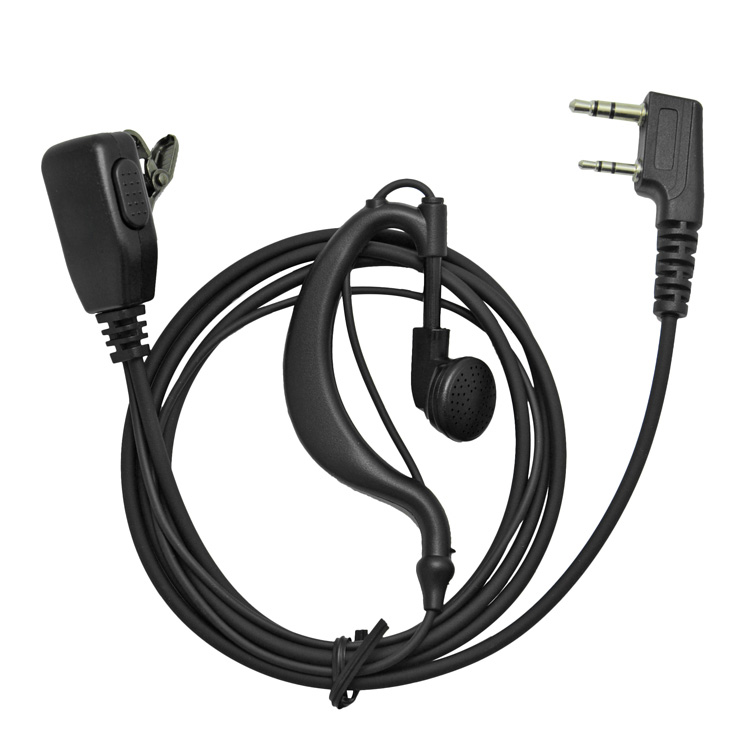Summary: Headsets play a crucial role in the use of walkie-talkies, allowing hands-free communication and sometimes serving covert purposes, depending on specific work environments. As the walkie-talkie market continues to evolve, the headset market has garnered significant attention. So, what are the types of walkie-talkie headsets? Here, we provide a detailed introduction.

Types of Walkie-Talkie Headsets:
1. Wireless Headset: Offers strong concealment, ideal for security, surveillance, and completely covert environments.
2. Receive-Only Headset: Shoulder microphone exclusive, with earpiece for receiving.
3. Bone Conduction Headset: Features a vibrating microphone, combining microphone and receiver, suitable for public safety, special forces, and noisy environments.
4. Throat Microphone Headset: Uses a vibration microphone and offers noise resistance, suitable for various noisy environments.
5. Lightweight Headset: Rear-worn headset, compatible with helmets, suitable for retail, entertainment, hospitality, restaurant, and security personnel.
6. Heavy-Duty Noise-Canceling Headset: Equipped with noise-canceling capabilities and a rotatable noise-canceling microphone, ideal for high-noise environments like airports, docks, and construction sites.
7. Single-Wire Earpiece Headset: Reliable ear-hook wearing style, suitable for personnel in retail, entertainment, hospitality, restaurant, and security industries.
8. Single-Wire Earbud Headset: Comfortable wear, suitable for personnel in retail, entertainment, hospitality, restaurant, and security industries.
9. Surveillance Headset (Single-Wire, Two-Wire, Three-Wire): Separates PTT (Push-To-Talk), microphone, and speaker into three wires for enhanced concealment, ideal for security, police, and military personnel.
Walkie-Talkie Headset Usage Precautions:
1. Avoid twisting or forcefully pulling the headset's linear structure during use.
2. Refrain from excessive twisting of plastic components and forceful tugging of cables.
3. Keep the headset away from water and environments with humidity exceeding 90% or temperatures exceeding 70 degrees Celsius, as it contains sensitive electronic components.
4. Adjust the headset's wear for appropriate volume. Prolonged high-power use can result in irreversible damage to hearing and the headset's receiver.
5. When not in use, store the headset in a waterproof and moisture-resistant manner, avoiding compression.
6. The headset's cables are highly durable; however, avoid allowing children to play with them to prevent entanglement and choking hazards.

